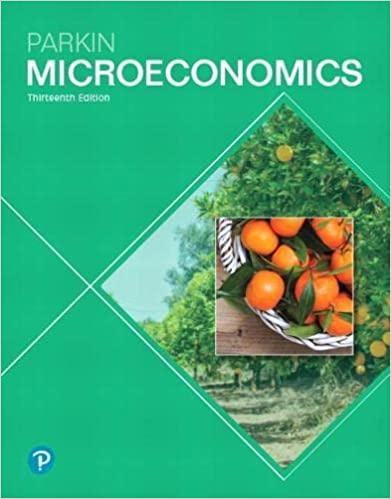A C.D. Howe Institute study says the legalized sale of marijuana could bring tax revenues of $675
Question:
A C.D. Howe Institute study says the legalized sale of marijuana could bring tax revenues of $675 million in 2018. But if governments get too greedy, consumers will go to the black market as they do for cigarettes. There are deepening concerns about the increased use of pot when it is legalized.
Assume that the marginal cost of producing a gram of marijuana (legal or illegal) is a constant $5 and that legal marijuana bears a tax of $2 per gram.
a. Draw a graph of the market for marijuana, assuming that there are no penalties on either buyers or sellers for breaking the law.
b. How does a $2 tax change the market outcome?
Show the effects in your graph.
c. With no penalty on buyers, if a penalty for breaking the law is imposed on sellers at more than $2 per gram, how does the market work and what is the equilibrium price?
d. With no penalty on sellers, if a penalty for breaking the law is imposed on buyers at more than $2 per gram, how does the market work and what is the equilibrium price?
e. What is the marginal benefit of an illegal gram of marijuana in the situations described in parts (c) and (d)?
f. Can legalizing and taxing marijuana achieve the same quantity of marijuana use as occurs if marijuana is illegal?
Step by Step Answer:






